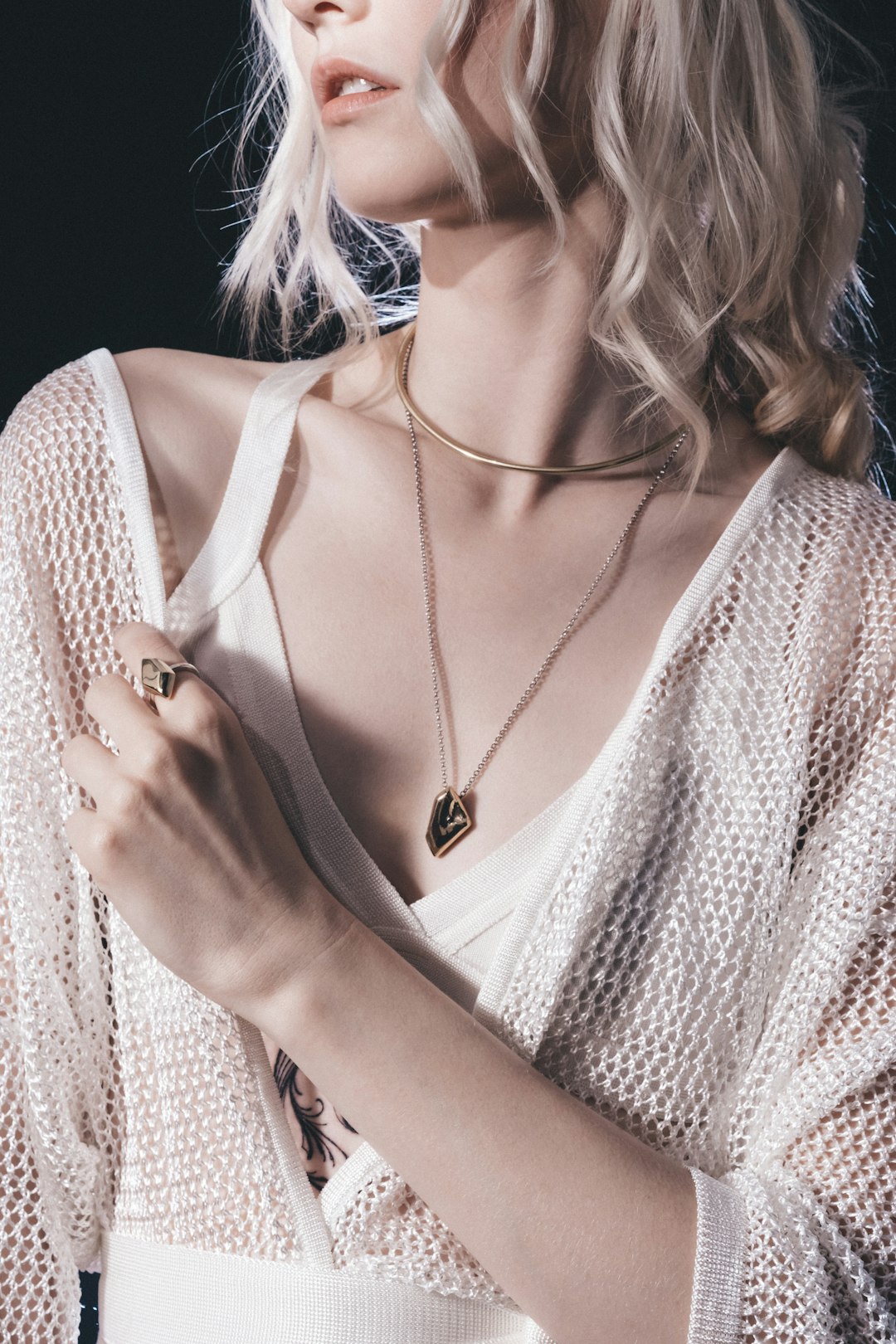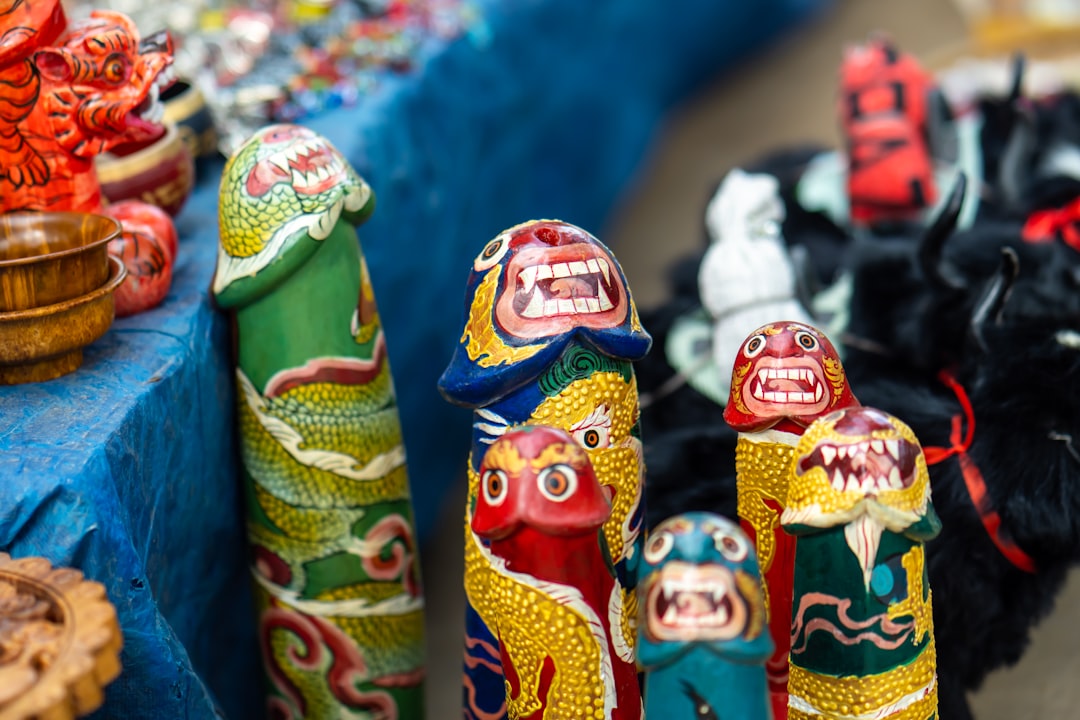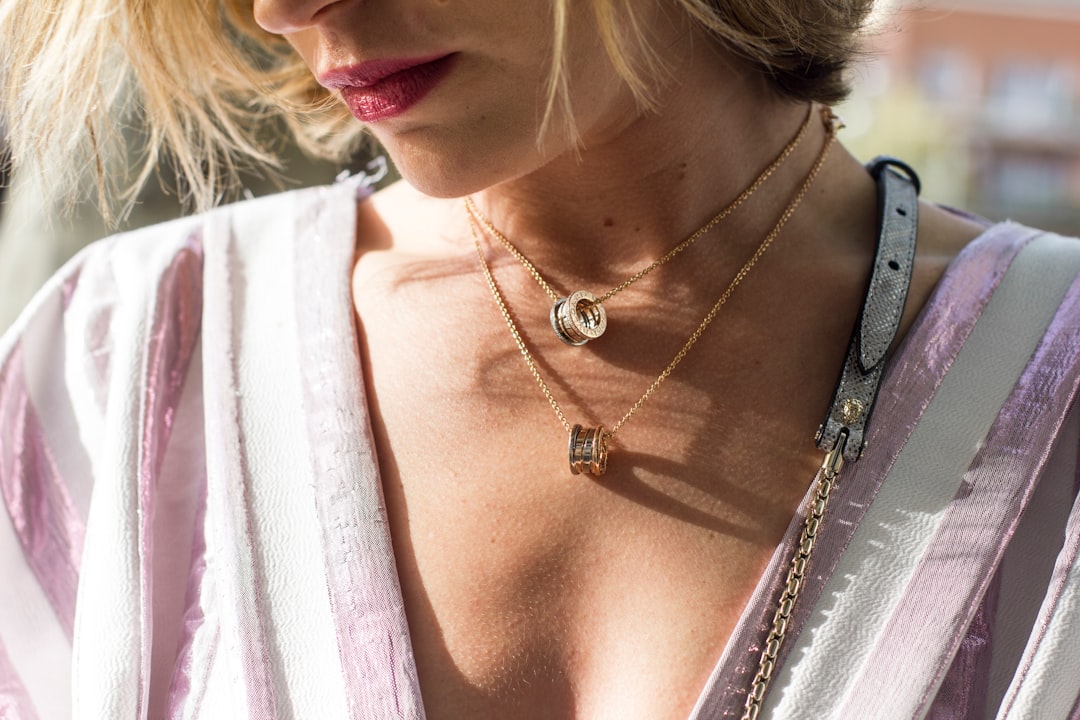The world of crafting in the United States has seen tremendous growth over the past decade, with hobbyists and professionals alike embracing new materials and creative possibilities. Among the most popular mediums gaining traction is polymer clay, a versatile and vibrant material that has captured the imaginations of artists and creators nationwide.
Polymer clay, a type of modeling clay made from polyvinyl chloride (PVC), offers immense flexibility and customization. Its ease of use, variety of available colors, and ability to harden by baking make it the ideal medium for jewelry, decorative objects, figurines, and even household items like keychains and magnets.
The Rise of DIY Culture and Artistic Expression
The surge in popularity of platforms such as Etsy, TikTok, Instagram, and Pinterest has not only expanded the market for handmade goods but also inspired a wave of do-it-yourself creativity. Crafters across the U.S. are increasingly turning to polymer clay to jump on trends, create bespoke items, and express their individuality.
With a growing audience for handmade and custom products, there’s been a notable upsurge in small businesses centered around polymer clay goods. Entrepreneurs are setting up home studios, building social media followings, and launching their own online stores. In this environment, polymer clay serves both as a creative tool and a business opportunity.

Benefits of Polymer Clay
The widespread appeal of polymer clay can be attributed to several key benefits:
- Accessibility: Affordable and widely available in art supply stores and online, polymer clay is accessible to beginners and pros alike.
- Color Range: With a vast palette, including metallics and translucent shades, artists have the freedom to realize intricate designs.
- Durability: Once baked, polymer clay hardens and becomes long-lasting, making it suitable for wearable and functional pieces.
- Minimal Equipment Required: Unlike other mediums, there’s no need for specialized kilns; a home oven will suffice.
Market Trends
According to recent market analyses, the U.S. crafting industry is experiencing a renaissance, spurred in part by lifestyle changes during the pandemic. Crafting saw a major resurgence as people searched for enjoyable and therapeutic activities while staying home. Polymer clay revenue streams have climbed steadily, with manufacturers noting double-digit growth in sales over the last few years.

Retailers are also expanding their product lines to include polymer clay starter kits, specialty colors, and tools for sculpting and texture, catering to an expanding base of hobbyists and entrepreneurs. The growth of online workshops and digital tutorials has further boosted enthusiasm for polymer clay as an art form.
Educational and Therapeutic Uses
An added dimension to polymer clay’s appeal is its use in educational and therapeutic settings. Schools, art therapy programs, and senior centers have begun integrating polymer clay into their activities. Its tactile nature helps improve motor skills, while the act of molding and creating has been linked to psychological benefits such as reduced anxiety and increased mindfulness.
Challenges Ahead
Despite its many advantages, polymer clay does present some environmental concerns due to its plastic base. However, many artists are addressing sustainability by minimizing waste, recycling scrap clay, and adopting eco-conscious practices in packaging and production. Manufacturers are also exploring more sustainable formulations as demand continues to grow.
Looking Forward
As the U.S. crafting industry continues to evolve, polymer clay shows no signs of losing momentum. Its adaptability, affordability, and potential for personalization make it a preferred choice among modern creators. Whether for therapeutic use, personal enjoyment, or income generation, this humble material is shaping the future of American crafts.
FAQs
- What is polymer clay made of?
Polymer clay is made from PVC (polyvinyl chloride) combined with plasticizers, pigments, and stabilizers to give it flexibility and color. - Do you need a kiln to cure polymer clay?
No. Polymer clay can be cured in a regular home oven, typically at temperatures between 265°F to 275°F (129°C to 135°C). - Is polymer clay safe to handle?
Yes, polymer clay is considered safe to use with proper precautions. It should not be ingested and should be cured in a well-ventilated area. - What can you make with polymer clay?
Popular items include earrings, miniature sculptures, decorative bowls, beads, charms, and holiday ornaments. - Can polymer clay be painted?
Yes, after curing, polymer clay can be painted using acrylic paints for added detailing or effects.

